The striking poinsettia flower, with incredible star-shaped red leaves, is a plant known to all of us with which we decorate our homes at Christmas. It is a flower native to Mexico, where it is called Flor de Nochebuena (Christmas Eve flower). But it has not always been called that way. Its original name in Nahuatl is Cuetlaxóchitl (kwe-tla-so-cheel), meaning "flower that withers."
Today we tell you about the evolution and origin of the name of this beautiful flower that Mexico gifted to the world.

Cuetlaxócitl (Pre-Hispanic Mexico)
The Cuetlaxóchitl flower has been part of our culture since the Mexica, who cultivated various species from all known regions. Aztec emperor Netzahualcoyotl founded the first known botanical garden, in which he assembled a vast collection of plants and flowers documented so that there would be a record of them, including our precious Cuetlaxóchitl.
Legend has it that in the north of the territory of Tlachco (what we now know as Taxco, in Guerrero), there was a plant with beautiful white flowers. After a battle in which the Mexica defeated the Chontales (a group from the Tabasco, Oaxaca, and Guerrero region), the white flowers withered for no reason. However, the following winter, the withered Cuetlaxóchitl bloomed again, but this time, the white petals showed an intense red color, symbolizing the blood of the defeated Chontales.
From this legend comes its name, which in Nahuatl is "cuetlahui," which means to wither, and "xóchitl," which means flower: "the flower that withers."

For the Aztecs, this flower symbolized purity and the new life that warriors killed in battle obtained. It was thought that warriors could return to Earth in the form of butterflies or hummingbirds to suck the nectar of the Cuetlaxóchitl. For this reason, it was placed in offerings for warriors killed in battle.
The Cuetlaxóchitl appeared in almost all sacred Aztec celebrations as decoration and offering to the gods. It was especially present in Tlaxochimaco, a festival dedicated to Huitzilopochtli, the God of War, associated with the Sun. However, it was not exclusive to him as it was also present in offerings to other deities such as Tonantzín and Tezcatlipoca.
For the Aztecs, the Cuetlaxóchitl also had therapeutic and medicinal properties. They cultivated it to extract ink for textiles and leather. In addition, its sap was used to treat fevers, some skin diseases, and even for breastfeeding mothers.

Flor de Nochebuena (Mexico in the New Spain)
After the conquest of Tenochtitlan, upon the arrival of the Spanish, the flower’s Nahuatl name was substituted for Flor de Nochebuena (Christmas Eve Flower).
The diversity and beauty of Cuetlaxóchitl impressed the Spanish conquerors, who noticed the multiple uses that the indigenous people gave it. During the colony, the friars used it to decorate churches and nativity scenes at Christmas, taking advantage of its use for rituals, flowering season, and adapting it to the new religion.
With the arrival of Catholicism, another legend arises explaining this flower's origin. Legend tells of a young, humble girl, who was on her way to church on Christmas Eve. Realizing she had forgotten an offering; she gathered a modest bouquet of roadside weeds as a gift for the newborn Jesus. When she placed the bouquet at the altar's base, the weeds burst into the colorful blooms of the cuetlaxochitl. (You can read the full story here)
Although there are many variations of this legend, they are all related to the Christian celebration of nativity. That is where his second name change comes from: Flor de Nochebuena, literally “the Christmas Eve flower,” or simply “the Christmas flower.”

Poinsettia (United States and the world)
But then, how is it that we know it as Poinsettia? In the 19th century, after its independence, Mexico had its first ambassador from the United States: Joel Roberts Poinsett. While traveling around the country, Poinsett visited the mining city of Taxco, where he was amazed by the abundant beauty of the Cuetlaxóchitl that adorned the streets of the place.
Being passionate about botany, in 1828, he took this plant to his greenhouses in South Carolina and began to share it with friends and colleagues. Although it was already assigned a botanical name, Euphorbia Pulcherrima, the Cuetlaxóchitl was commonly named Poinsettia as a tribute to Joel Roberts Poinsett.

With Poinsett, worldwide admiration for poinsettias increased from the moment he planted them in the United States. Later the plant reached Europe, but Poinsett and other cultivators failed to mention that this was a Mexican plant and, for a long time, its origins were believed to be from the U.S., and is even known around the world as Poinsettia, rather than Cuetlaxóchitl.
After its registration and with time, Cuetlaxóchitl went through a long list of transformations. Today, there are over 300 varieties of the Cuetlaxóchitl flower, whether to the color of its leaves, its flowers, the size of its stems, and even its resistance to the environment.
Present Day
May we dare say that Cuetlaxóchitl is the flower with the most names? In Chiapas, they call it sijoyo; in Durango, Catalina; in some parts of Guerrero, Michoacán, and Hidalgo, it is known as the Flor de Pascua (Easter flower); and in Oaxaca, as the flor de Santa Catarina.
In Central America, it is known as Hoja Encendida and, in South America, it is also highly appreciated and known by other names such as la Flor del Inca (Inca Flower), Estrella de Navidad (Christmas Star), Estrella Federal (Federal Star), and Flor de Navidad (Christmas Flower).

Starting with its origins, in Taxco, Guerrero (Lolo's founders hometown) and its original and poetic name that tells the history of Mexico's colonization, we cannot help but to feel deeply connected to this plant. Aligning with our vision, we intend to highlight, honor, and bring you a part of the beautiful gifts Mexico has to offer while fairly promoting their origin and authors. This is how we intent to make a change.
--
Tell us, by what name do you know the Cuetlaxóchitl? Did you know the interesting history about this flower? What else do you know about it? Let us know in the comments below!
Also, don't forget to subscribe to our newsletter where we make sure to share this and many more artisanal techniques, artisan's stories, recipes, and content of interest so that you are 24/7 on the loop! We also make sure to give our familia of subscribers exclusive promotions, gifts, first-hand look at all new products and, of course, these articles that we love to write for you all!
We don't like gatekeeping information. If you would like a copy of this article, feel free to reach out to us at info@lolomercadito.com!

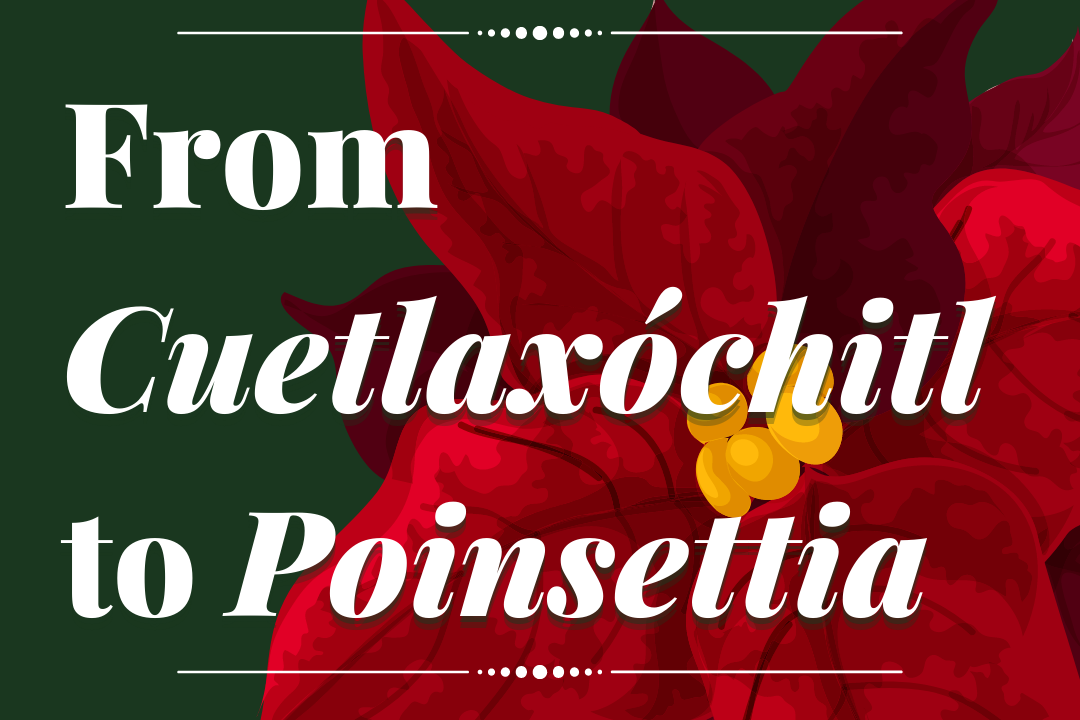

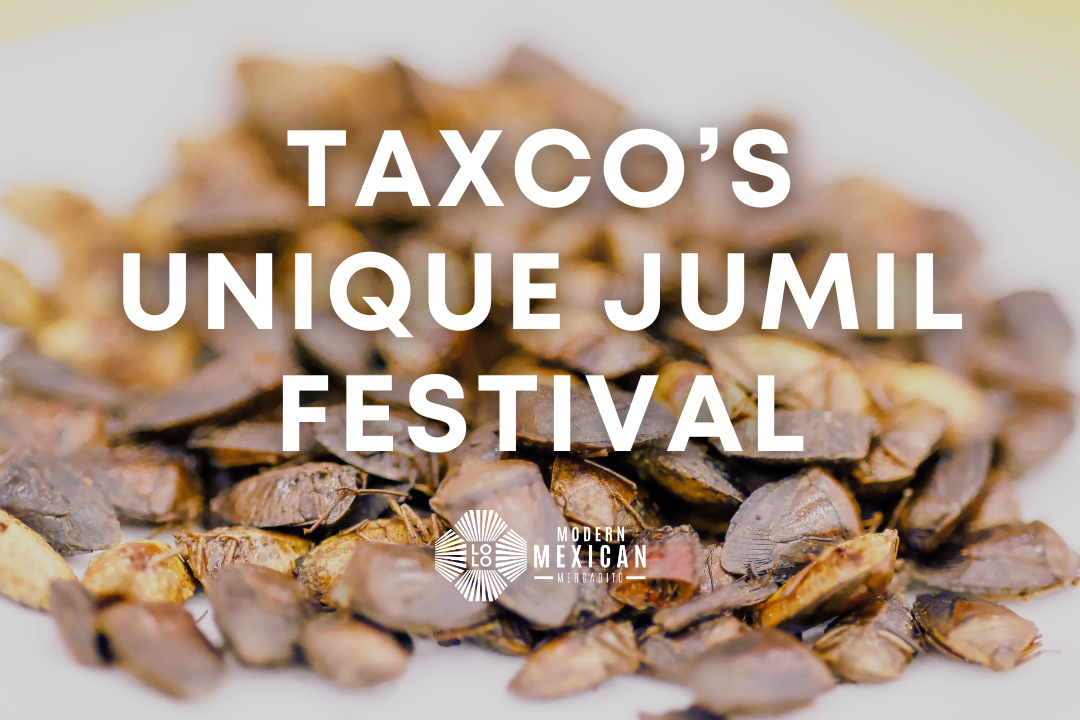
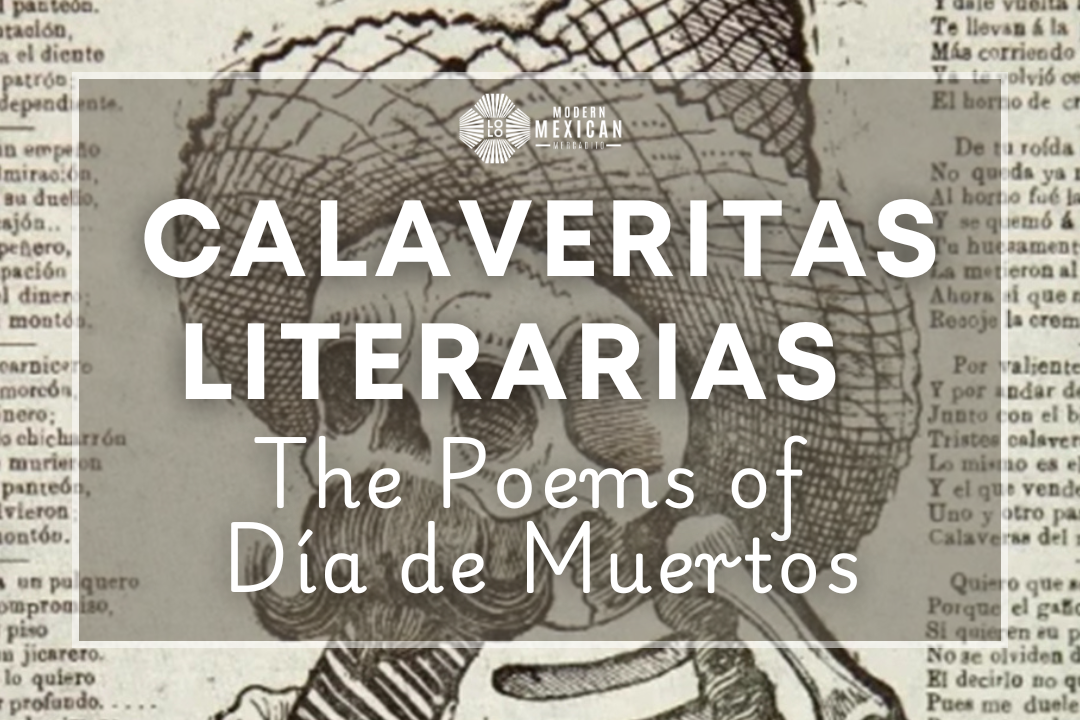
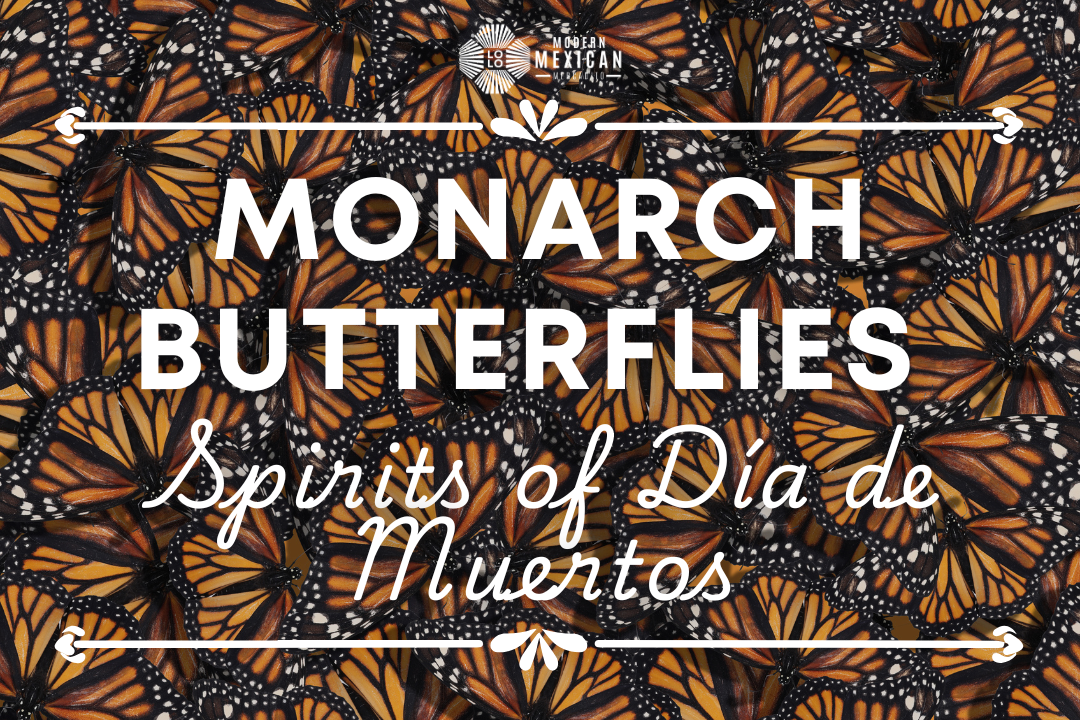
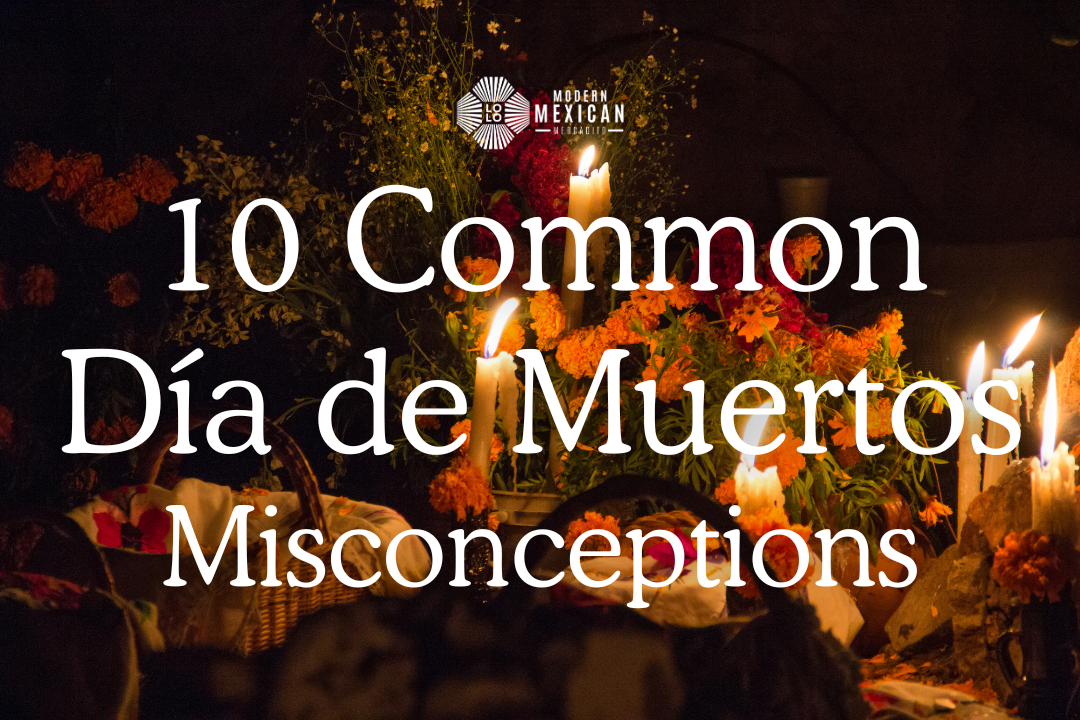
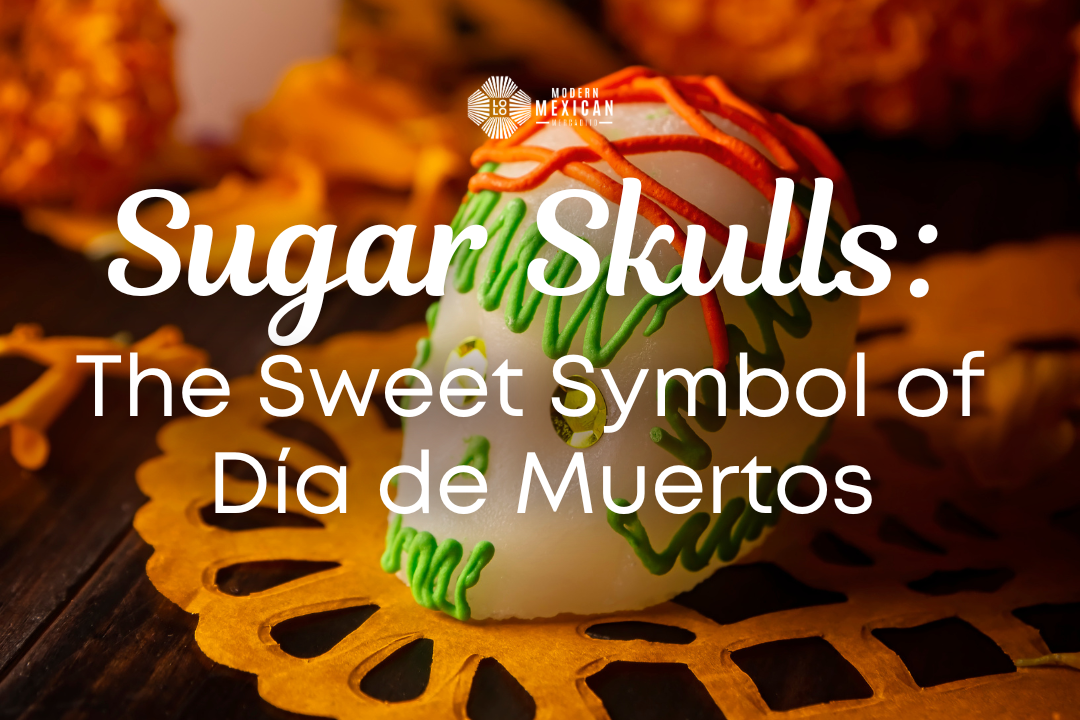

4 comments
Lore
I enjoyed reading this and learning to some depth the history of the popularity of this plant. I struggled with the pronunciation of cuetlaxóchitl, as I know the c can make the j, s, and ex sound but it was fun and made this moment more memorable. I got a little upset at how back in the day it was easy to transfer seeds across “borders” and then the person gets credit for visiting hahahah but afterall because of Poinsetta it became a plant known world wide. Great details, thanks for sharing!
Elian Castilla
I was curious about the history of the noche buena flor, and I loved this article and want to share it with everyone I know. I also want to start using its original name so that it’s not lost to time. Thank you for writing something so informative and enjoyable to read.
Billie Chandler
I love learning about the very beginning of Mexican cultural traditions. It connects me to my heritage. Thank you.
Shannon
https://www.investors.com/news/management/leaders-and-success/paul-ecke-poinsettia-king-biography/